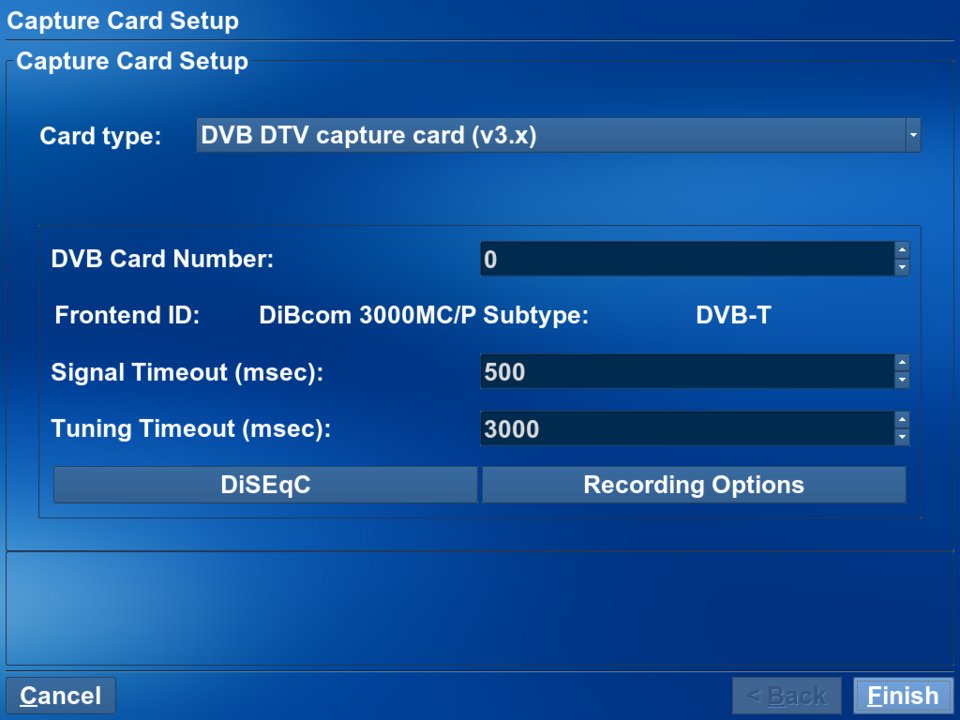Mythtv Install Howto
QNAP NAS devices have a relatively fast processor in them. Here is a guide to get MythTV running on them. This guide is no where near complete, it doesn't cover. Easycap Usb 2.0 Video Adapter With Audio Driver Download here. The backend will need to have mysql-server installed as well as mythtv-backend. Mythtv-backend doesn't depend on mysql-server since the mysql server can be located elsewhere on your network. Also, if this is a secondary backend, don't install mythtv-database or mysql-server.
MythTV is a little involved to set up, but worth the effort. It's more than a TV recorder - its plug-ins add plenty of extra functions, and the scripting interface means that you can do all sorts of clever things with it. We'll look at installing and setting up MythTV, as well as how to use the various functions. We'll also deal with a number of the common questions that arise. Let's start with the hardware.

You'll need a computer, a means of receiving TV programmes and some storage. MythTV uses a server/client model. The server is known as the back-end and handles scheduling recordings, transcoding, advert flagging and so forth, while the front-end is the user interface.
The front- and back-ends can be the same computer, but they do have different hardware requirements. The back-end needs plenty of storage (once you get into MythTV, you'll find a terabyte to be a small amount of space), room for one or more TV cards and a reasonably powerful processor. In other words, a typical desktop computer - not the most attractive or silent addition to your living room. The front-end needs a decent network connection and the ability to output video and sound to the TV.
I use an Acer Aspire Revo nettop fixed to the back of my TV as a front-end, while all of the grunt work is handled by the back-end in the loft. There are other advantages to having separate front- and back-ends. You can have multiple front-ends connected to one back-end, so all of your recorded content is available in each room. You can even start watching a programme downstairs and finish it in bed, because the back-end will remember where you're up to. The type of TV receiver you need depends on your area. Much of the UK is now 100% digital and I use PCI DVB-T cards.
DVB-T is terrestrial digital, known as Freeview in the UK. There are also DVB-S receivers for digital satellite, as well as various analogue cards.
The big advantage of the DVB formats is that they're broadcast as MPEG streams, so no encoding is necessary to record them to the hard drive. This reduces the amount of CPU power needed, which is important if you're running your front- and back-ends on the same machine, or want to make simultaneous recordings. HD is another matter. While Freeview HD has been available in the UK for well over a year, there are still no DVB-T2 cards - and you can't receive HD on a DVB-T device. There are DVB-S2 cards available, so if you want HD you'll either have to get a dish or be patient. HD places extra loads on everything, so you'll need a lot more storage space, a faster network connection between front- and back-ends and a faster GPU on the front-end.
Comments are closed.